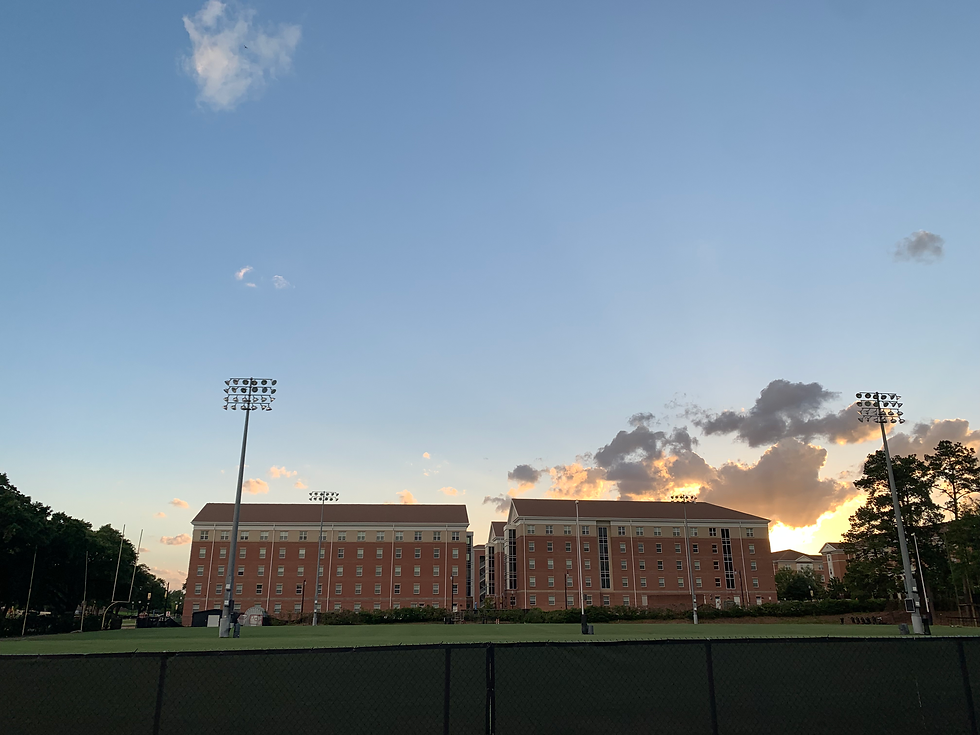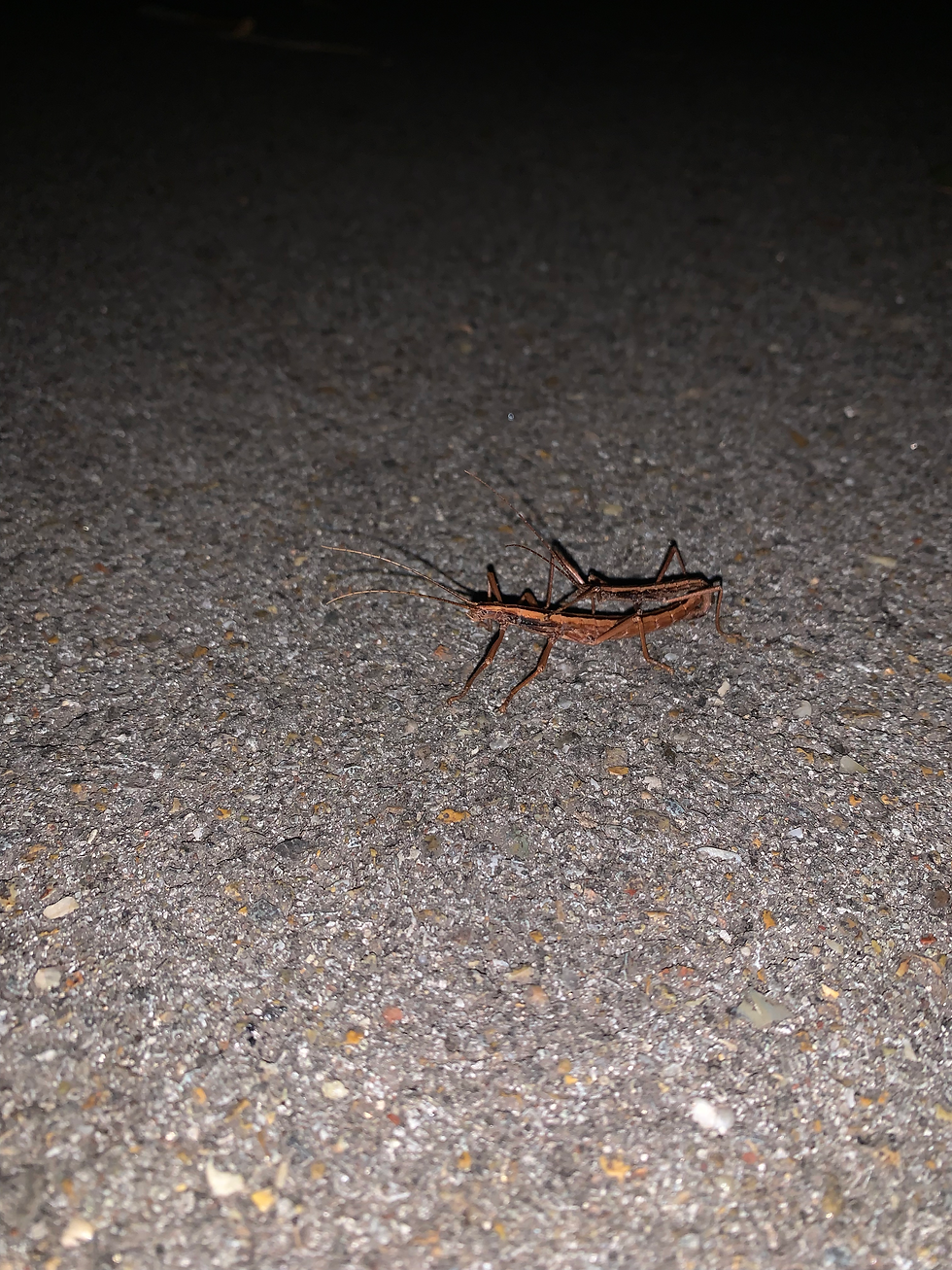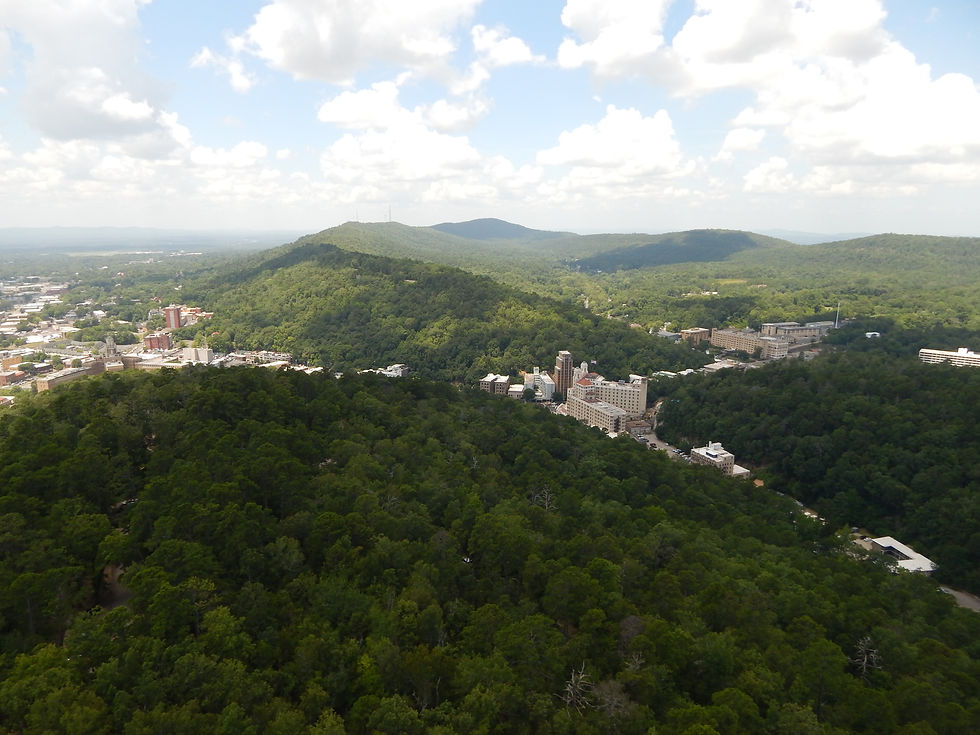Week 3 [6/7 - 6/13]
- Jayson Kunkel
- Jun 13
- 3 min read
Updated: Jun 20
This week was a transition from the introductory material to more technical aspects of the program. I began drafting the introduction to my final research paper, attended lectures about GIS and digitization, and had a hands-on experience in the digital lab! A few of us also visited the Cattiesburg Cafe for a cute kitten study break.

Accomplishments
My main task this week was to draft the introduction of my research paper, which went pretty well! I also went through around 300 potential letters in my spreadsheet and removed the irrelevant ones. A few days later, though, I discovered some important letters that weren't tagged under the terms in my spreadsheet, so I'll have to do this process again at some point. My favorite part of the week was my hands-on work in the USM digitization lab, and getting familiar with the hardware, software, and processes used to digitize documents.
Barriers to my best work
Cleaning the csv file took a bit longer than I had hoped. Not every letter related to the flood was tagged as such. Some aid requests were tagged under 'starvation' or 'impoverished people' instead, so I had to manually verify each letter's relevance. On top of that, many acknowledgements of aid received were tagged under none of these, so I will need to collect those files and repeat the cleaning process. Without getting too technical, I will also need to perform a separate process to retrieve the location data for each letter. I think that lecture is sometime next week, though!
Things i learned
Although I already knew basic QGIS functionality, I learned two new spatial autocorrelation methods, those being Moran's I and Getis-Ord. These functions, visually represented on a map as light or dark values, show how likely it is that a given statistic was random or not. Darker colors suggest a stronger correlation, while lighter colors imply a weak connection. I also learned how USM digitizes its documents and got some practice transcribing CWRGM letters! The digitization process is fairly straightforward: fill out a document form, scan the document, and format the finished product in Photoshop. I found transcription much harder since I struggle to read old cursive handwriting. Finally, I had a crash course on metadata, including the different types and some common mistakes when creating metadata.
Next Research steps
I need to gather all of the previously hidden letters and aggregate them into my spreadsheet. Then, I need to obtain location data for each letter so I can begin spatial analysis. The next steps of my paper will be to collect secondary sources for my literature review and begin the methodology section. Hopefully I can begin working in QGIS next week!
A snippet of the South
Despite the heat, I spent some time outside at the Longleaf Trace! The Trace is a 44 mile linear park which starts in downtown Hattiesburg and extends West to Prentiss. This trail is wide, paved, fully lit at night, and sufficiently distanced from car traffic, providing a safe and serene location to walk, run, or bike (and rental bikes are available)! At night, a chorus of insects and frogs reverberates through the trees. On my run this week I found three toads and some stick insects! I highly recommend this trail, and it is one of my favorite places in Hattiesburg so far.
Bug[s] of the week
Today I have a three in one special for you! The first entries are a pair of mating Southern two-striped walking sticks, which I saw on the Trace. I made sure to stay back, as these bugs can spray nasty chemicals in defense. Later in the week I found a vibrant milkweed assassin bug dragging its prey across campus! Assassin bugs, one of just a few carnivorous insect species, inject their prey with venom and suck out their fluids. Yum!







Comments